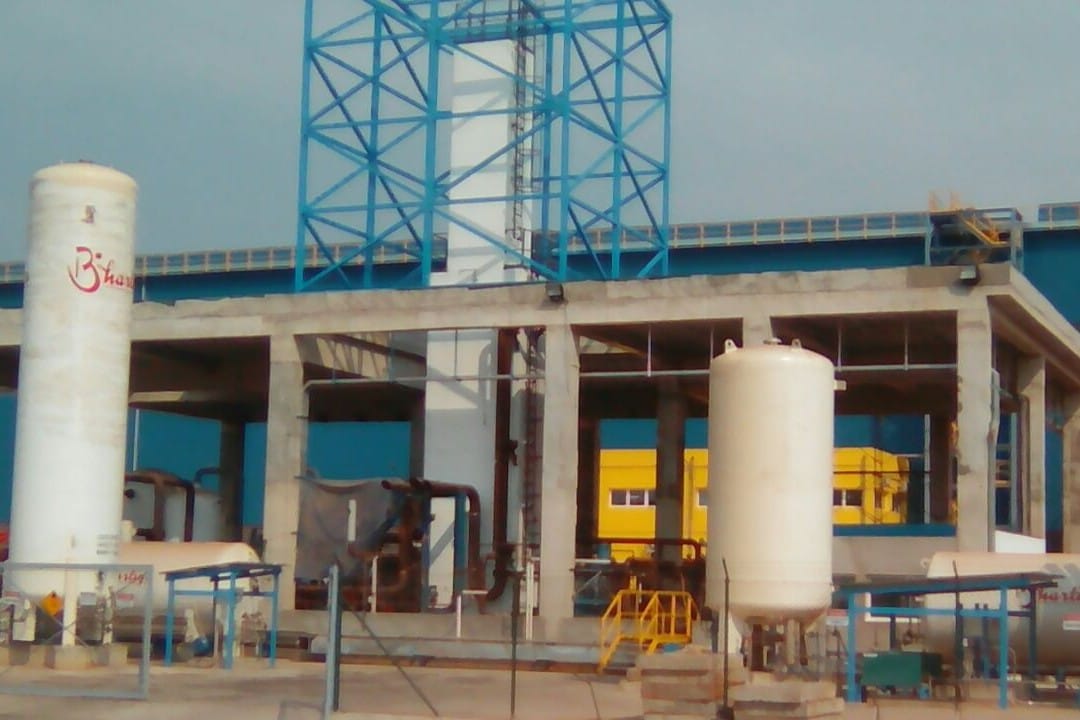- A-29, Industrial Area, Site IV,
Sahibabad, Ghaziabad, UP, India. - (+91-120) 2896063
info@bhartiyagroups.com


Cryogenic distillation is the sole way of separating oxygen liquid plants. For separating oxygen from the surrounding atmosphere, many methods such as pressure swing adsorption(PSA) oxygen plant or membrane filtration are available. Separation by liquefaction is not achievable with these procedures. Cryogenic distillation is the only technology which uses liquefaction to achieve increased air separation. PSA or membrane techniques are really only employed on a small scale to produce oxygen, while the cryogenic oxygen plant is the most efficient for generating highly pure oxygen.
Separating Oxygen from Liquid Air has many benefits
Producing liquid oxygen (LOX) from air has massive benefits. This was a well fact that oxygen is mostly used in its gaseous state, excluding oxygen propulsion systems, which utilize liquid oxygen plants. So, why do people prefer liquid oxygen to gaseous oxygen? It's because LOX is lightweight and portable. The delivery of elevated oxygen in bulk storage rigorous your safety measures are, the risk of spills, as well as dangers, fire, and explosives, exists.
Separating Oxygen from Liquid Air: A step-by-step guide
The cryogenic distillation system is employed to separate oxygen from liquid air, as said before. Linde & Claude invented the method at the turn of the twentieth century, but it has since been updated to reflect current advances in cryogenics science. The efficiency, results and performance of the process are all relevant.
To recap the cryogenic process, it begins with both the input of the surrounding atmosphere into the air separation unit, where it is compressed in the air compressor. Contaminants such as carbon dioxide, hydrocarbons and vapors are eliminated whenever the air passes through a molecular purification screen. As a result, the cleansed air is now cooled to cryogenic temperatures through a series of heat transfer. The air is then passed through a high-pressure distillation column, which extracts oxygen from nitrogen and other gases. At the end of the column, a crude liquid form of oxygen forms, while nitrogen aspects at the top. Oxygen is captured and distilled to satisfy industrial or medicinal specifications in a low-pressure distillation column. Poses inherent dangers. Because of the tremendous combustibility of oxygen, it could be quite dangerous. Any kind of leak might well have disastrous effects.
oxygen liquid plants, cryogenic oxygen plant, liquid oxygen plants, Oxygen factory, Oxygen plant India, Air separation plants, oxygen plant manufacturer







